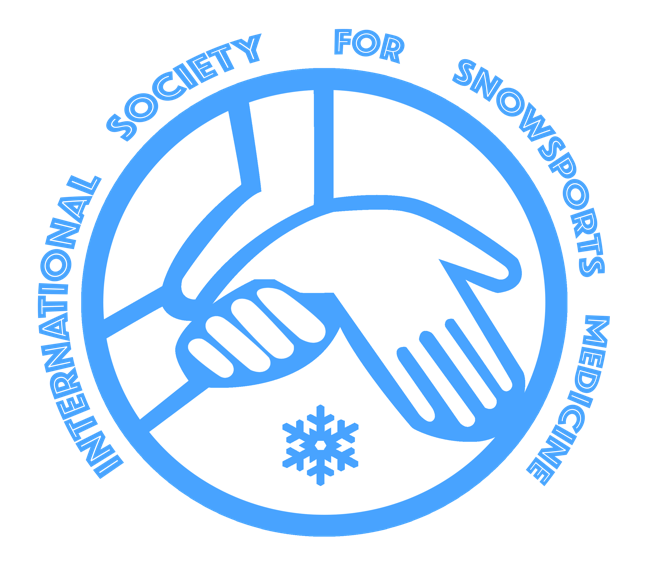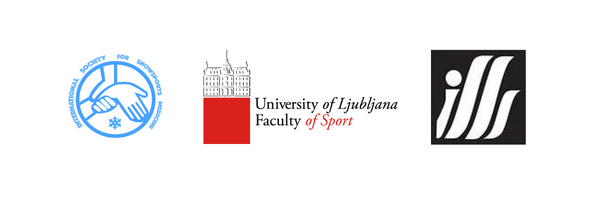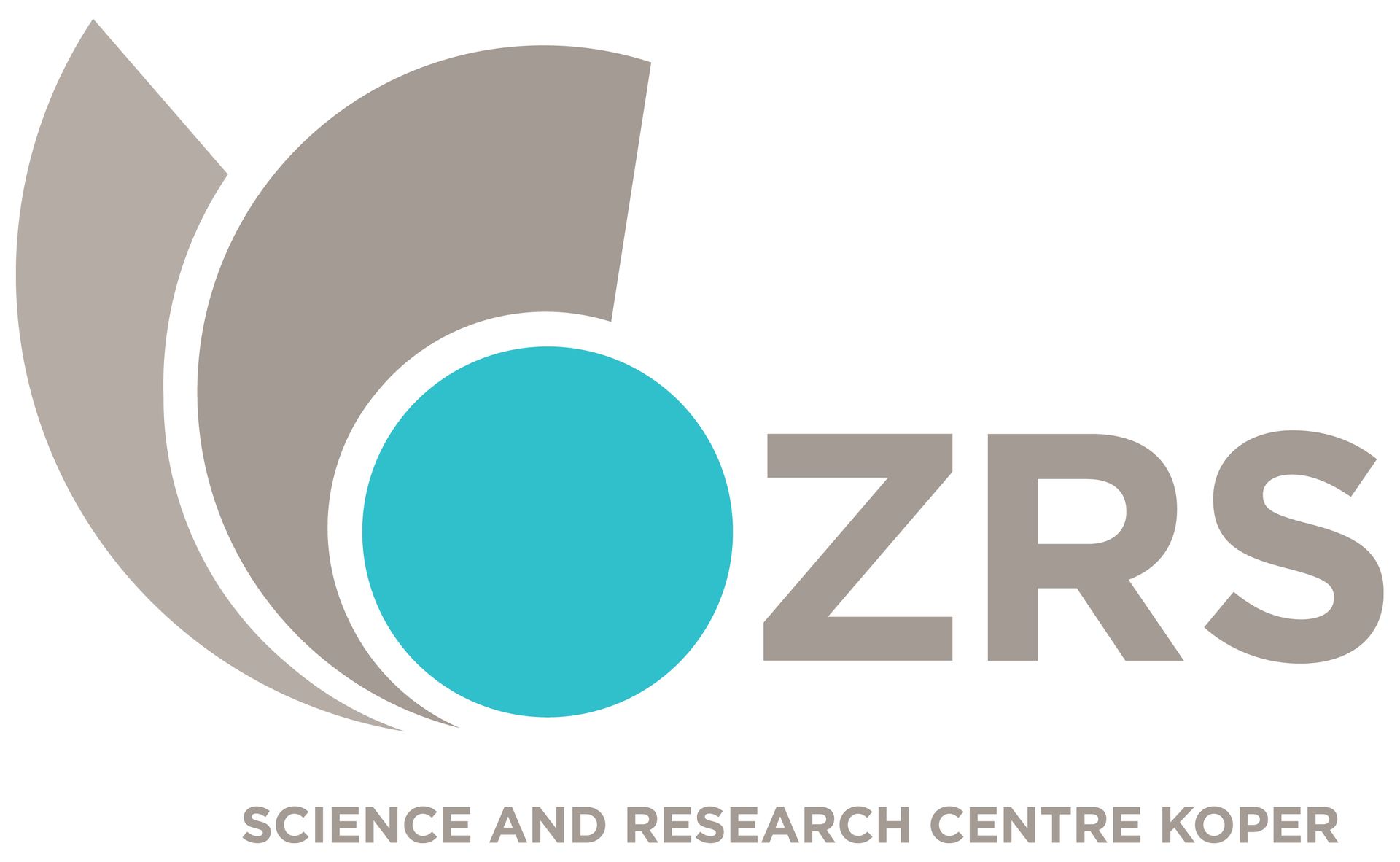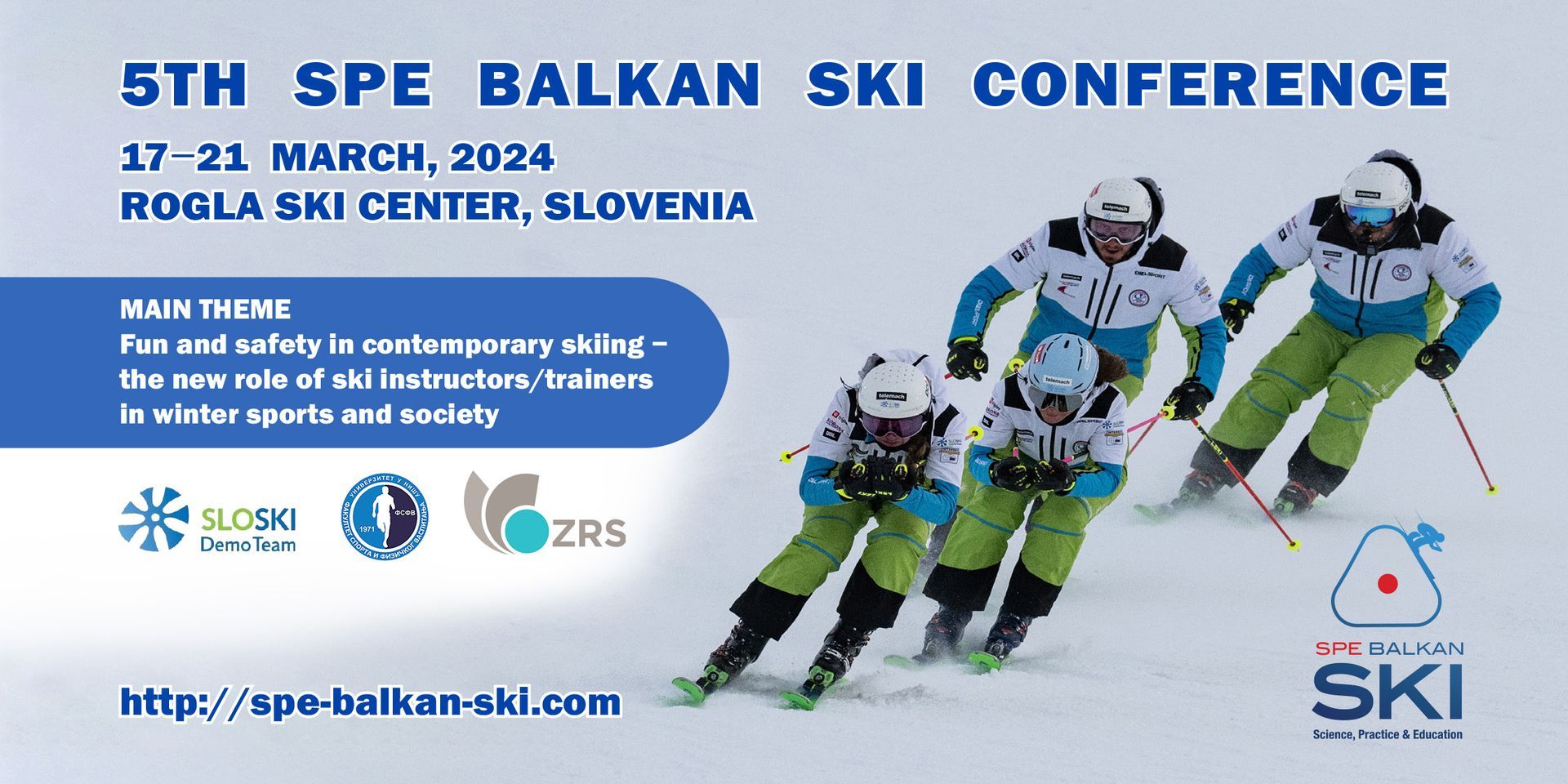

SITEMSH
Société internationale de traumatologie de ski et de médecine des sports d'hiver (SITEMSH)
International Society for Ski Traumatology and Medicine of Winter Sport
ABOUT SITEMSH
It is the oldest European Scientific Society that is concerned with the study of winter sports pathologies, their treatment and prevention. The history of SITEMSH started in the 50's, when a group of experts from Alpine Countries (Austria, France, Germany, Italy and Switzerland) began to observe, collect and study the injuries occurring after winter sport accidents. They decided to meet every two years on behalf of a new Society named SITEMSH (Société Internationale de Médecine des Sports d’Hiver).
The 1st SITEMSH meeting took place in 1954 in Chambery-Courchevel in France. Ligaments lesions of the knee, both with tibia fractures, were the most frequent ski injuries. Knee surgery was not so efficient in these years, and the typical knee lesion meant no more ski activity and chronic invalidity. The history of SITEMSH goes parallel to the evolution of ski injuries. In the next 20 years, the evolution of equipment and especially the safety ski bindings brought a big improvement in tibia fractures prevention that resulted to an 80% decrease of this kind of injuries. Furthermore, the improvement in ski design, the lower release settings, the improved boot design and fitting, the better equipment maintenance, the increasing skier experience and the improved trail grooming, resulted to a 50% decline in all injuries. However, the knee joint is still the most involved in ski injuries. The severity of the lesions has not changed but fortunately knee arthroscopic surgery made a huge improvement in the same period. Lower leg fractures are firmly under 10%, but have not disappeared and unusual types of fractures have appeared in the last years. Upper limb, spine, abdominal and thoracic injuries are more common, due to the increase of snowboarding practice, collisions and average speed on slopes.
Knee injuries remain a serious unsolved problem difficult to accept after 50 years of incredible technologic improvement. Probably today the best prevention comes from safety campaigns on media and press that were proved to be successful in many countries as Sweden, Spain and France. Particular studies on this problem must be the next goal of SITEMSH and ISSS (International Society for Skiing Safety), the only two Societies concerned with ski injuries prevention.
PREVIOUS SITEMSH CONGRESSES
- 1954: Chambéry- Courchevel, France
- 1956: Sestriere, Italy
- 1958: Davos – Parsenn, Switzerland
- 1960: Garmish Partenkirchen, Germany
- 1962: Obergurgl, Austria
- 1964: Chamonix, France
- 1966: Cortina d’Ampezzo, Italy
- 1968: Saint Moritz, Switzerland
- 1970: Garmisch Partenkirchen, Germany
- 1972: Obergurgl, Austria
- 1974: Val d’Isère, France
- 1976: Breuil Cervinia, Italy
- 1978: Arosa, Switzerland
- 1980: Garmish Partenkirchen, Germany
- 1982: Obergurgl, Austria
- 1984: Val d’Isère, France
- 1986: Saas Fee, Switzerland
- 1988: Courmayeur, Italy
- 1990: Garmisch Partenkirchen, Germany
- 1991: Pas de La Casa, Andorra
- 1992: Obergurgl, Austria
- 1993: Baqueira Beret, Spain
- 1996: La Plagne, France
- 1998: Zermatt, Switzerland
- 2000: Bormio, Italy
- 2002: Andorra, Andorra
- 2004: Neustift, Austria
- 2006: Baqueira Beret, Spain
- 2008: Delphi, Greece
- 2009: Termas de Chillan, Chile
- 2010: Avoriaz, France
- 2013: Bariloche, Argentina
- 2014: Flachau, Austria
- 2015: Tehran, Iran
- 2016: Inawashiro, Japan
- 2018: Arosa, Switzerland
- 2022: Serre-Chevalier Valley, FRANCE
- 2024: Kranjska Gora, SLOVENIA
Platinium sponsors:
-
KRANJSKA GORA
Find out morePILATES
Gold sponsors:
-
KRANJSKA GORA
Find out morePILATES
Bronze sponsors:
-
KRANJSKA GORA
Find out morePILATES







